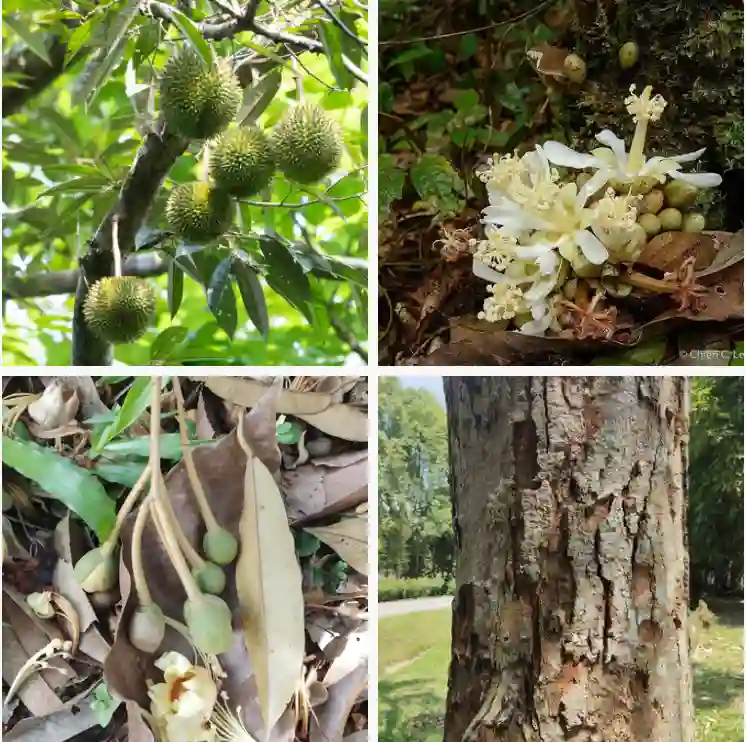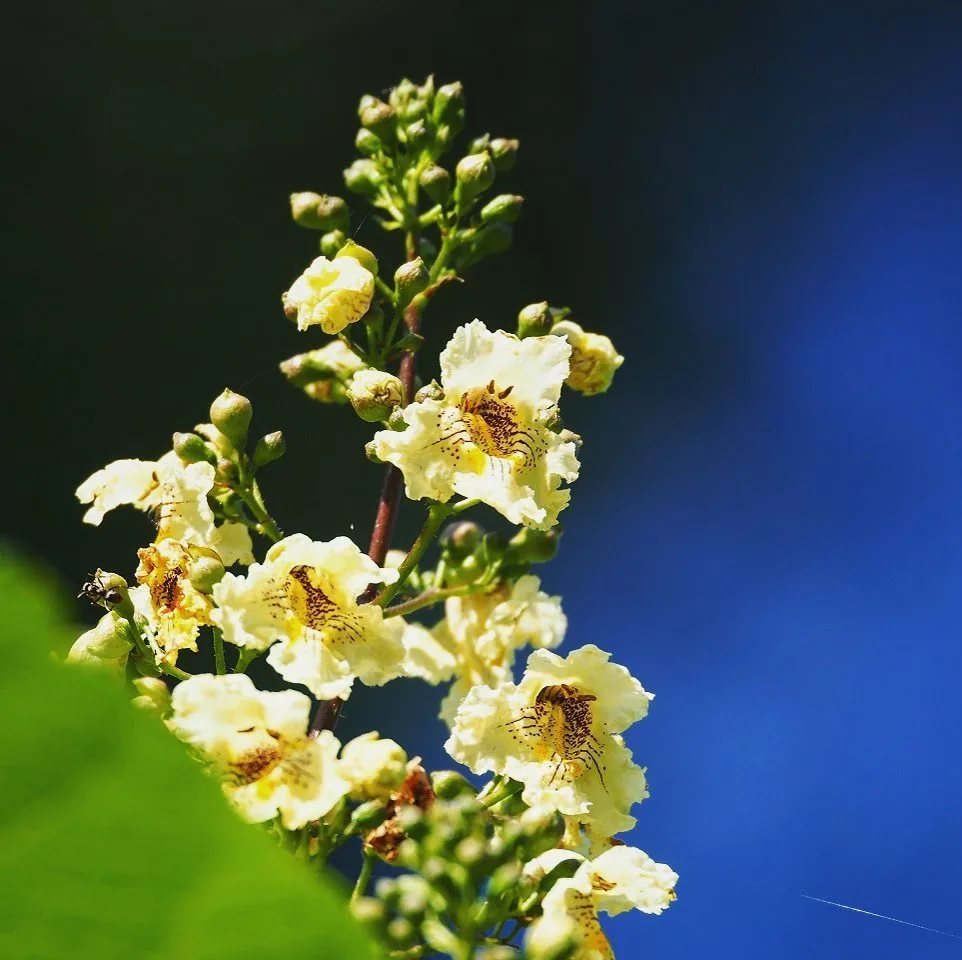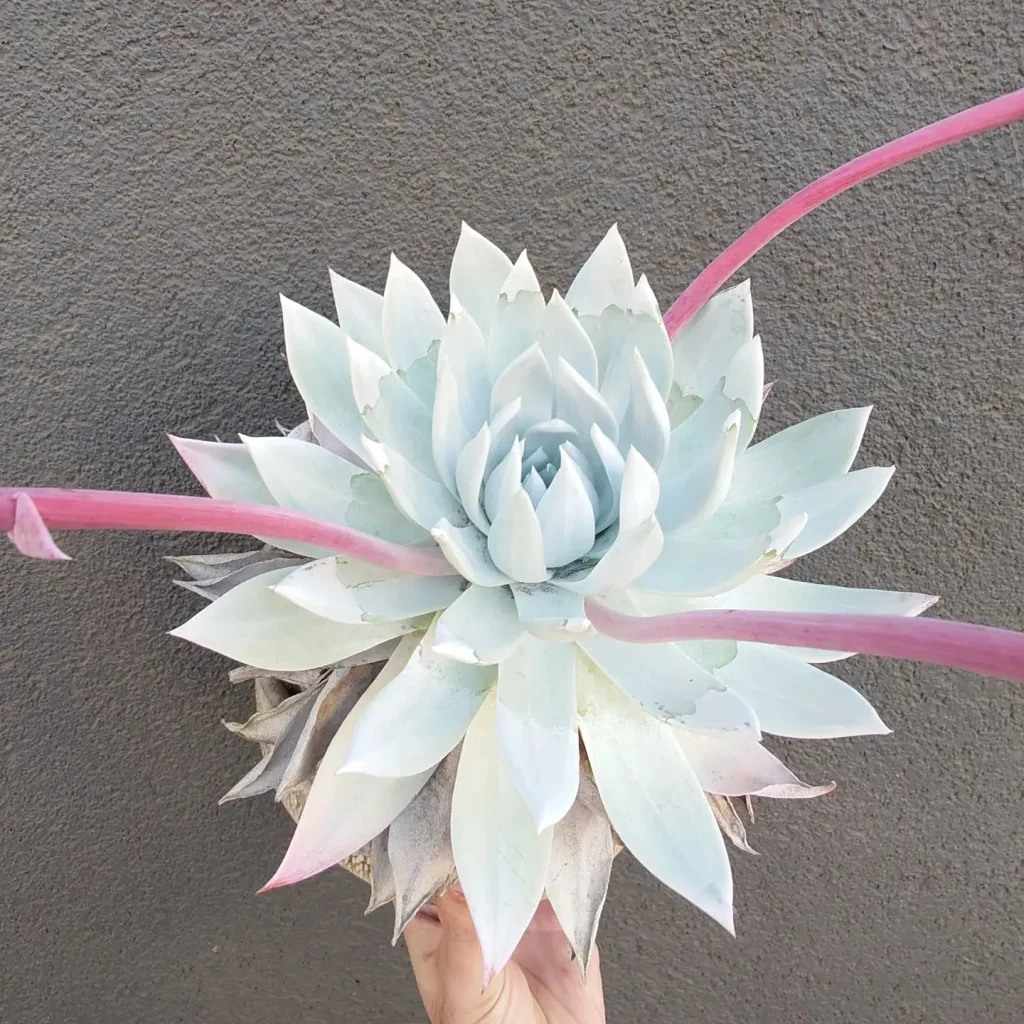
Austrian Pine vs Ponderosa Pine
I’ve noticed that Austrian Pines have a dense, dark green foliage that feels more robust compared to the more open and lighter-colored needles of the Ponderosa Pine.
Austrian Pine vs Red Pine
The Austrian Pine’s rigid branches always seem stronger and more wind-resistant than the flexible branches of the Red Pine.
Austrian Pine vs Scotch Pine
While Austrian Pines give off a more uniform and stately look, the Scotch Pine’s twisted, blue-green needles make it feel a bit more whimsical and rustic.
Austrian Pine vs White Pine
I find Austrian Pines create a more majestic presence with their tall, straight trunks, whereas White Pines with their softer needles and graceful drooping branches have a gentler appearance.
Austrian Pine vs Jack Pine
Austrian Pines have a certain rugged elegance that stands in stark contrast to the scraggly and rougher look of Jack Pines.
How fast do Austrian pines grow?
Well, from my own experience, I’ve noticed that Austrian pines can be pretty slow growers initially, especially in their first few years. But once they establish themselves, they can pick up the pace a bit. Mine seemed to gain about a foot or so in height per year once they got going, which isn’t lightning-fast, but it’s steady.
Do Austrian pines shed needles?
Oh, absolutely. It’s something I’ve become quite familiar with. Those needles seem to drop like clockwork, especially in the fall. It’s like they’re making way for new growth or something. Sometimes it can be a bit annoying to clean up, but I’ve learned to appreciate the cycle of renewal it represents.
Do deer eat Austrian pine?
Unfortunately, yes. Deer seem to have a taste for just about anything green, including my beloved Austrian pines. I’ve caught them nibbling on the lower branches more than once. It’s frustrating because it can stunt the tree’s growth and mess with its overall shape. I’ve had to take measures to protect them, like using deer repellent and fencing.
How big do Austrian pines get?
Well, from what I’ve seen and read, they can get pretty sizable. Mine haven’t reached their full potential yet, but I’ve seen mature ones that tower over everything else in the landscape. It’s part of what drew me to them in the first place—their majestic presence.
How far apart to plant Austrian pine trees?
I’ve learned that spacing is crucial with Austrian pines. When I first planted mine, I made sure to give them plenty of room to spread out—about 20 to 30 feet apart. It might seem like overkill at first, but they really appreciate the breathing room as they grow.
How long do Austrian pines live?
That’s a good question, and one I’ve often wondered about myself. From what I’ve read, Austrian pines can live for several decades, even up to a century if they’re in the right conditions. It’s comforting to know that they have the potential for such a long and storied life.
How tall do Austrian pines get?
Well, they can get pretty tall, that’s for sure. I’ve seen mature ones that reach heights of 50 to 60 feet or more. It’s impressive to see them towering over everything else in the landscape—it really gives the whole area a sense of grandeur.
How to plant Austrian pine?
Planting Austrian pines isn’t too complicated, but there are a few things to keep in mind. Make sure you choose a sunny spot with well-drained soil, and dig a hole that’s about twice as wide and just as deep as the root ball. Then, gently place the tree in the hole, making sure the top of the root ball is level with the ground. Backfill the hole with soil, water thoroughly, and mulch around the base to help retain moisture.
What is killing Austrian pine trees?
Unfortunately, Austrian pines can fall victim to a variety of pests and diseases. Pine wilt disease, Dothistroma needle blight, and Diplodia tip blight are just a few of the threats they face. It’s important to keep an eye out for any signs of trouble and take proactive measures to protect your trees.
Why is my Austrian pine turning brown?
Ah, the dreaded browning of the needles. It’s something I’ve dealt with myself, and it can be quite alarming. There are a few possible causes, including drought stress, pests, diseases, or even just natural aging. It’s important to investigate the issue and address it promptly to give your tree the best chance of recovery.
Are Austrian pine trees single flush or double flush?
Austrian pines are typically considered single flush trees, meaning they only produce one set of new growth each year. This sets them apart from double flush trees, which produce two sets of new growth annually. Understanding this growth pattern can help with pruning and maintenance tasks.
Are Austrian pines deer resistant?
Unfortunately, no, Austrian pines are not particularly deer resistant. As I mentioned earlier, deer have been known to munch on their branches, especially when other food sources are scarce. It’s something to keep in mind if you live in an area with a lot of deer activity and want to plant Austrian pines in your landscape.
If i die, water my plants!



